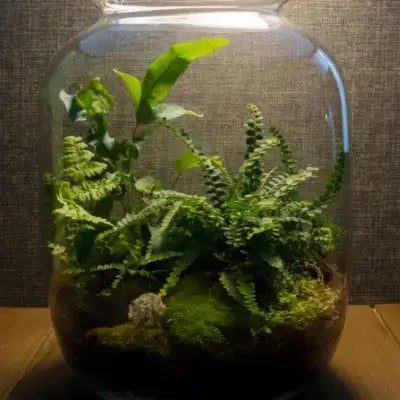
Tennessee Wholesale Nursery ReviewsI have always paid attention to the standard practices in the nursery industry. I've purchased plants from Tennessee Wholesale Nursery on and off for years. I can...
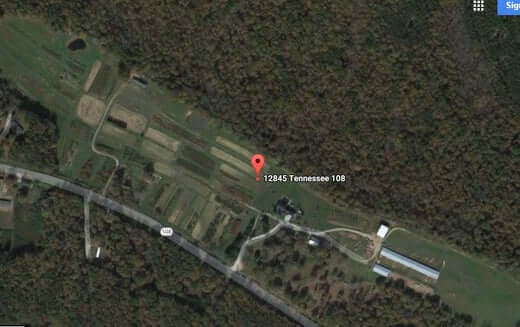
Tn Nursery Reviews For The Week Of April 5th - Keep Them Coming! We love great feedback on Tn Mail Order NurseryTennessee Wholesale Nursery - TN NurseryI love my plants. I would never trade anywher...
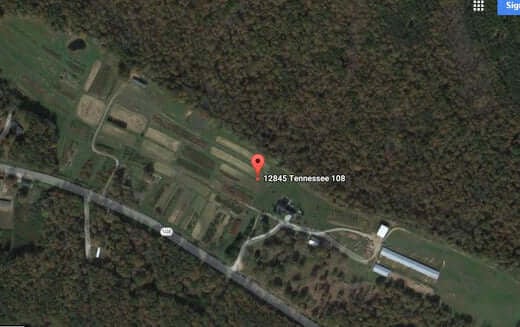
Tennessee Wholesale Nursery Feedback - It's Important To UsTrump Plaza Trees! Tn Nursery is Product to Get Your ReviewTN Nursery has been one rewarding experience. The Ferns I receive from them app...
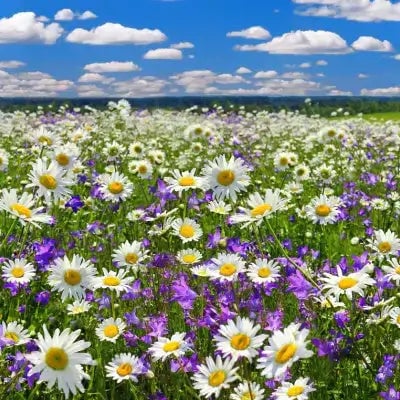
CUSTOMER FEEDBACK ! IT'S IMPORTANT TO US AT TENNESSEE WHOLESALE NURSERY Tennessee Wholesale Nursery is a retail and wholesale state-certified nursery grower of quality trees, shrubs, perennials, we...

Tennessee Wholesale Nursery Reviews - Shop Online at a reputable online mail-order nurseryIf you are looking for flowers and plants for your home or office garden, you have to pick the right ones. ...
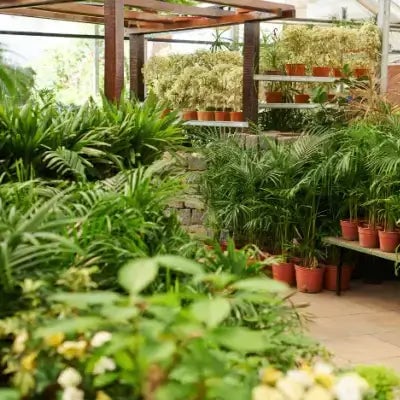
Tennessee Wholesale Nursery ReviewsHello! I want to share with you how glad I was to have listened to my friend's recommendation on where to get lilies-of-the-valley that would thrive and not quick...
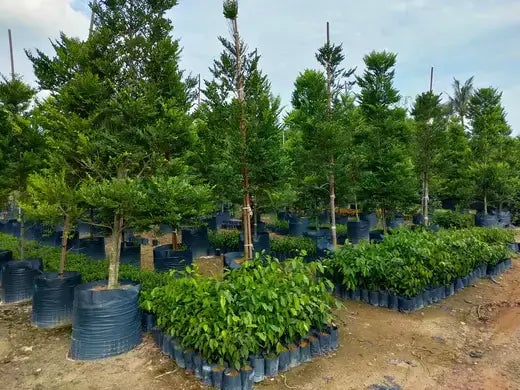
Tn Nursery Reviews Offers. Helpful Gardening TipsTennessee Wholesale Nursery Reviews are 5 Star - Shop Online From A Reputable SourceIf you are trying to choose the best plants for your garden, you...

TN Nursery Reviews - The Advantages of Planting Perennials in SpringSpring perennials are the perfect plants to start your garden in the spring. Whether you plant perennial flowers or vegetables, y...

TN Nursery Reviews- Buy Perennial Flowers and Plants Online at Tn Nursery - Click Here For AvailabilityThe Toadshade Trillium or Trillium sessile is a perennial spring wildflower that grows in wood...

TN Nursery Reviews - From Real Customers I am a very pleased customer. I bought your end-of-season landscaping package, and I was delighted with my purchase. Not only did I turn around a good profi...

Tn Nursery is happy to be a part of a more significant focus - We DonateWe offer free plants for disaster-stricken areas, science in higher education universities, and those who operate niche "gree...
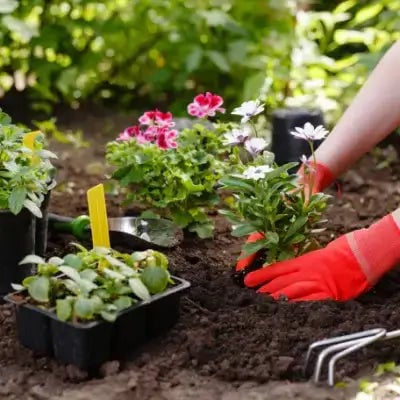
There is a lot to think about if you search for the best flowers and trees for your home or office garden. You might need to know what you need, so you should partner with a local nursery. When you...

